Sondry Matteres:
(everything else...)








Sondry Matteres:
(everything else...)
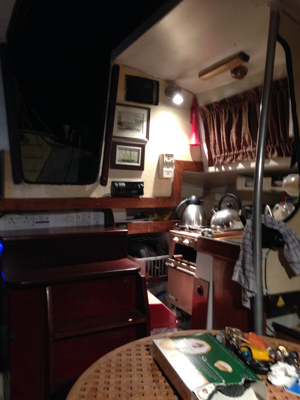
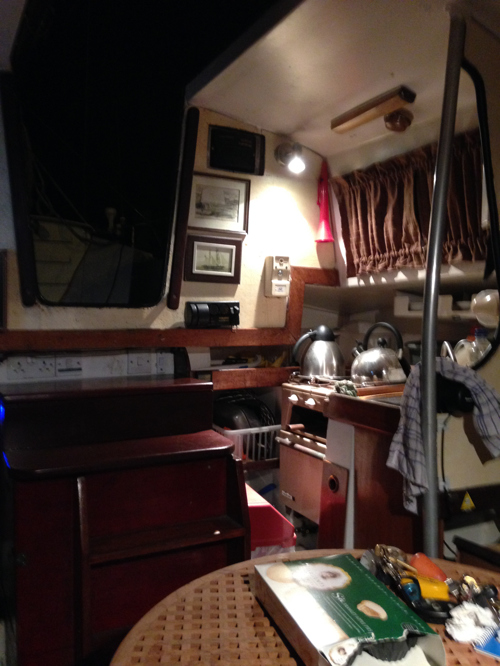
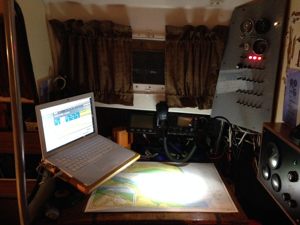
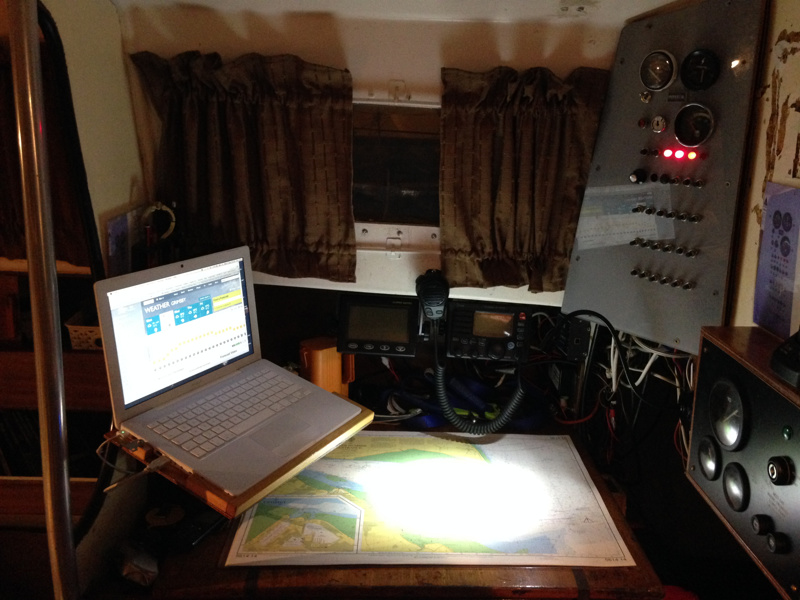
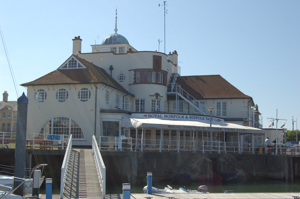
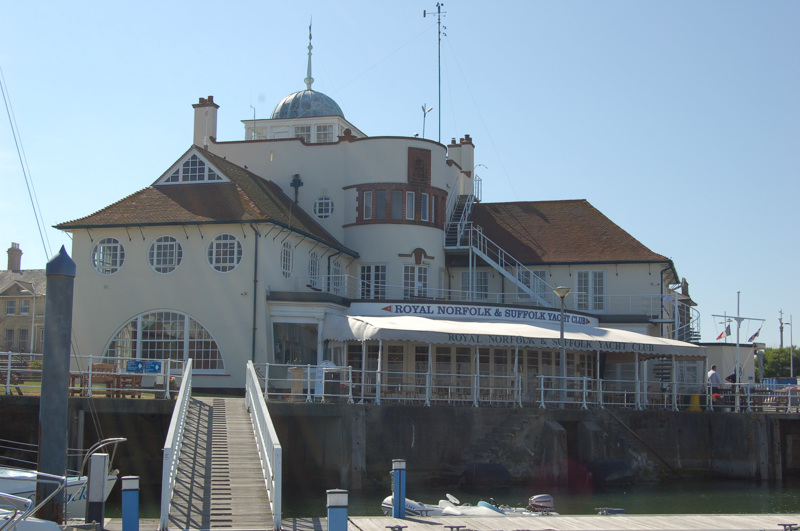
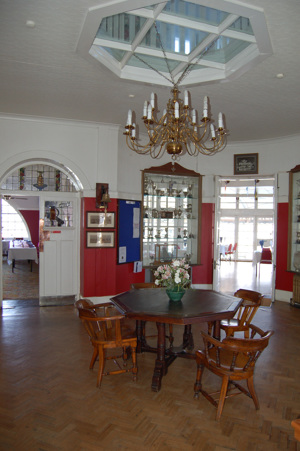
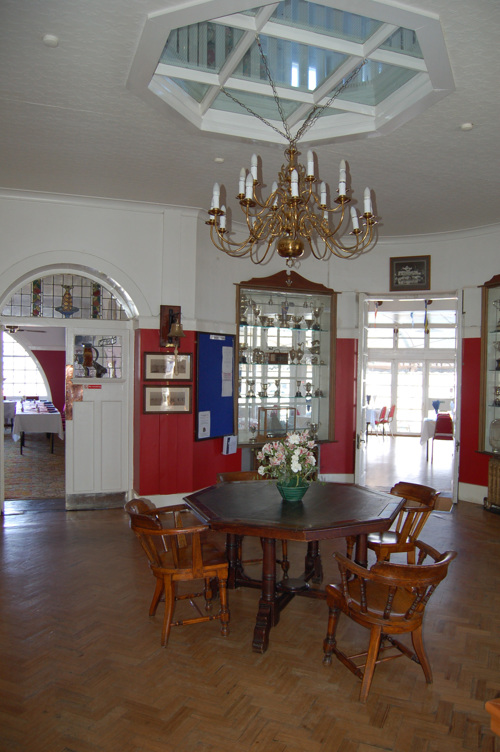
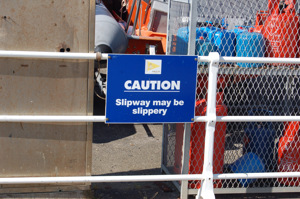
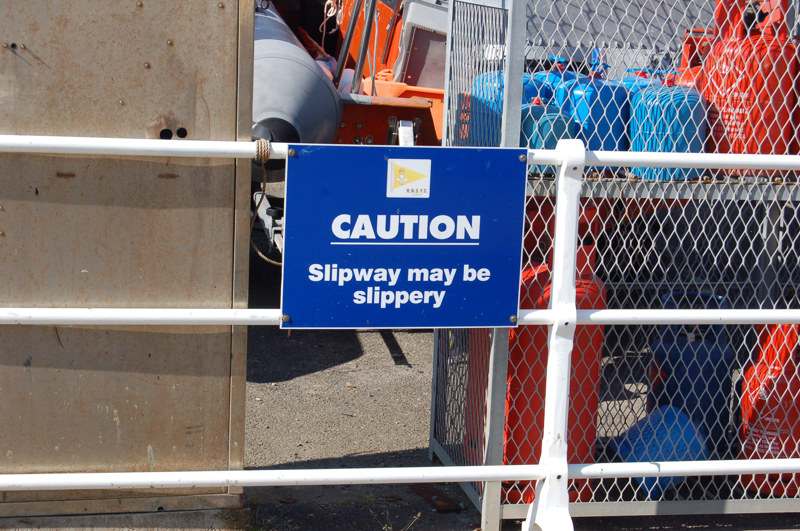
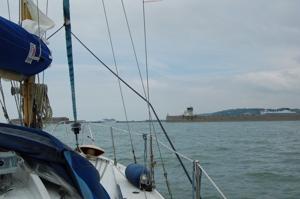
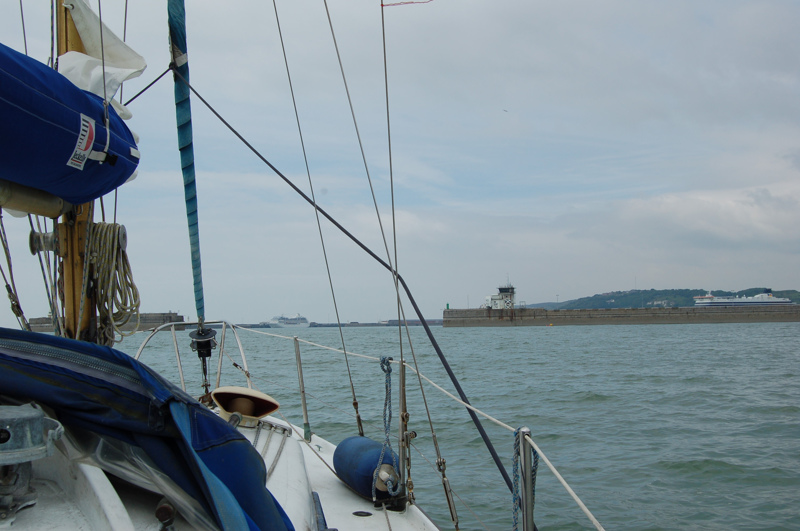
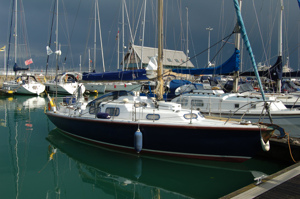
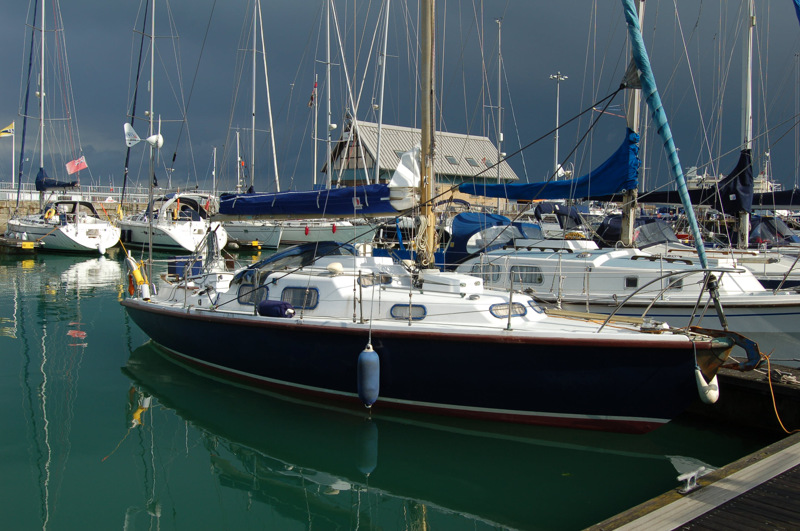
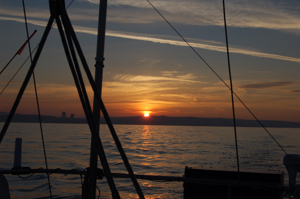
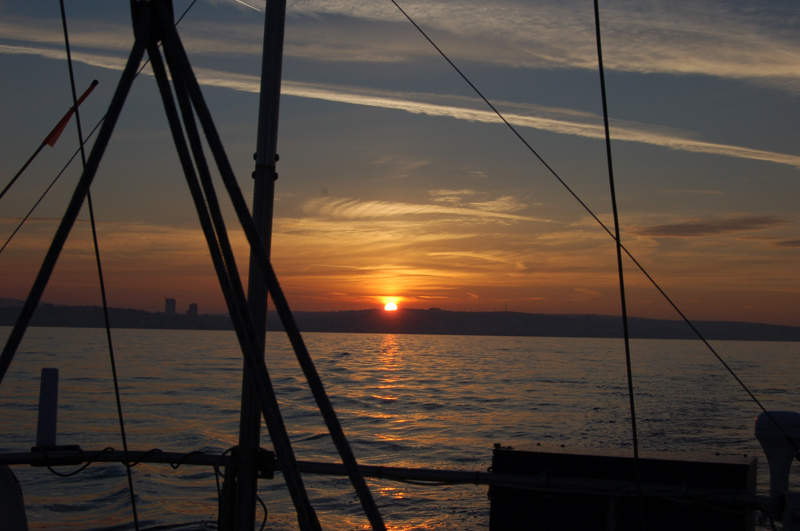
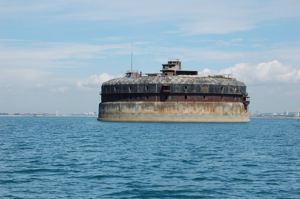
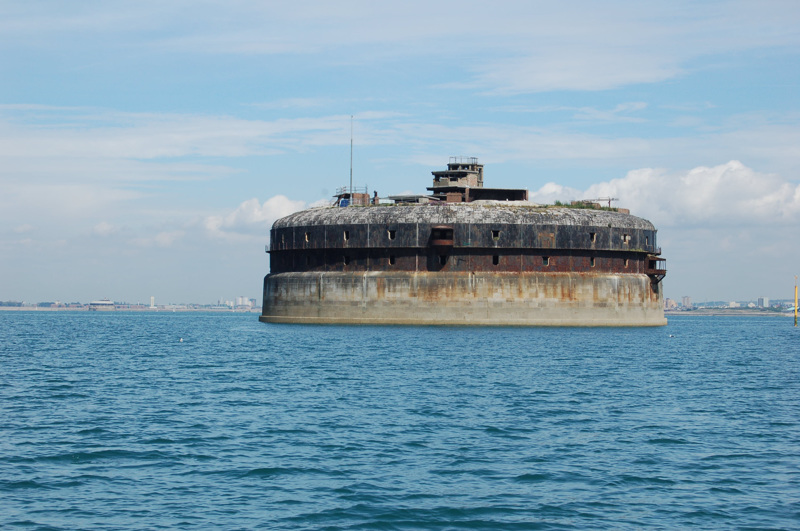
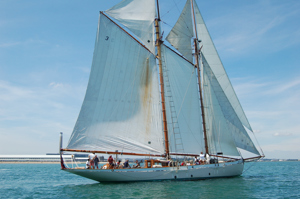
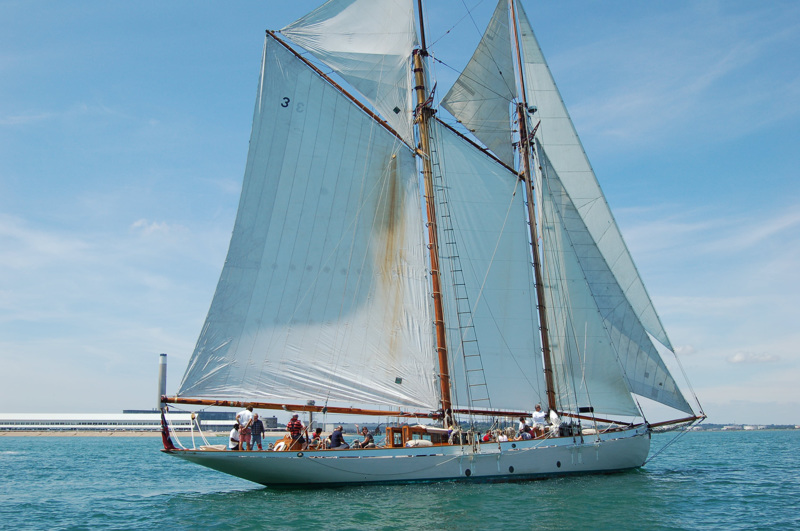
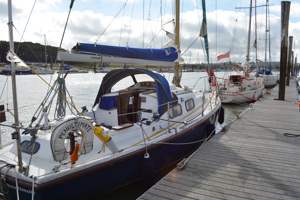
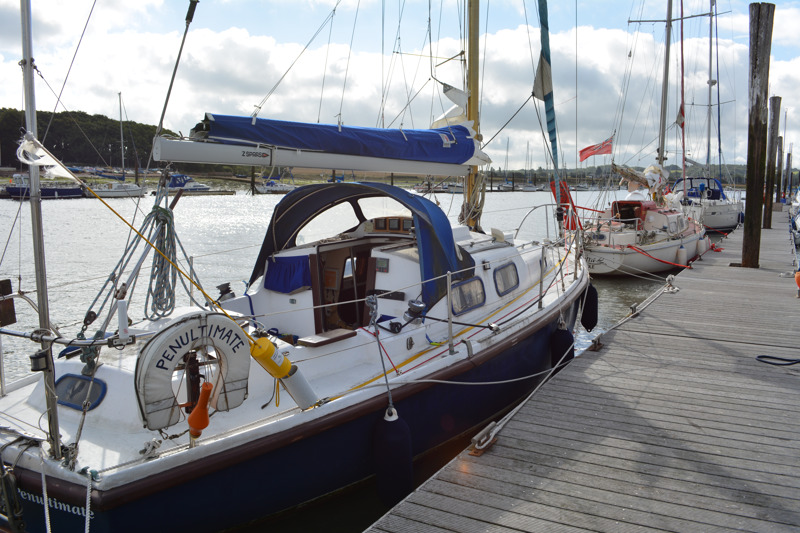
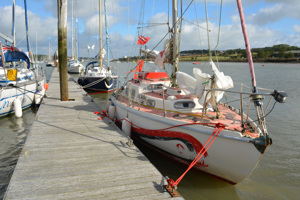
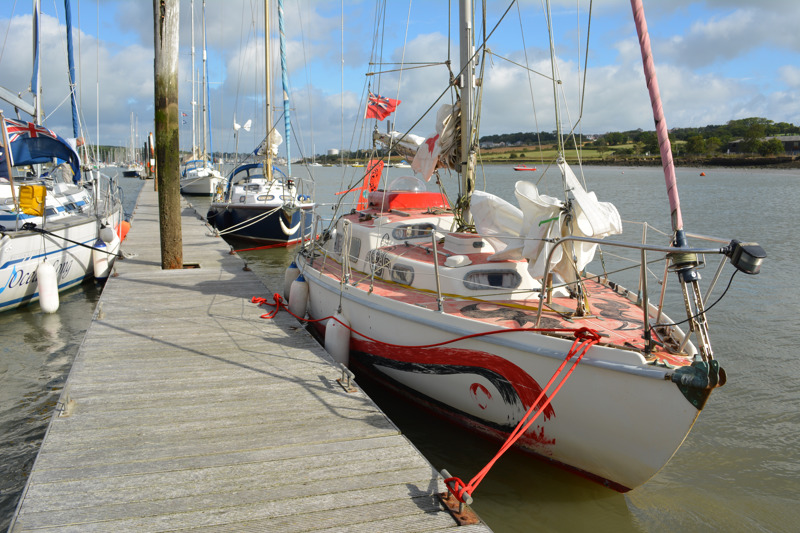
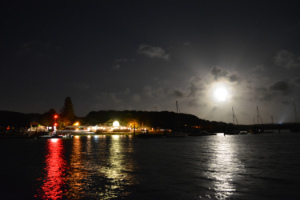
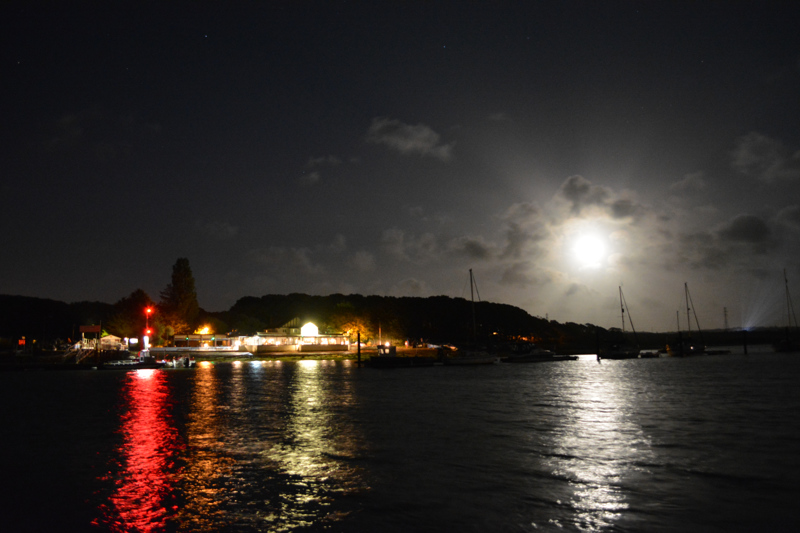
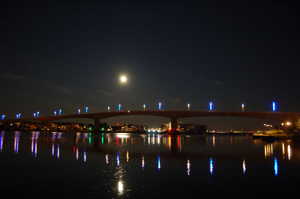
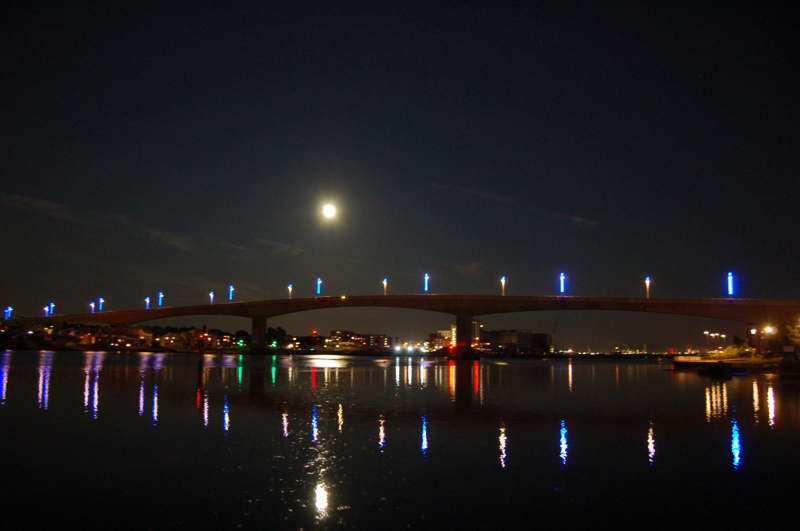
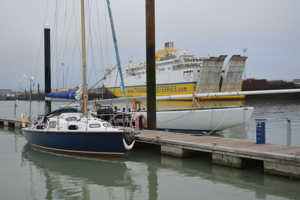
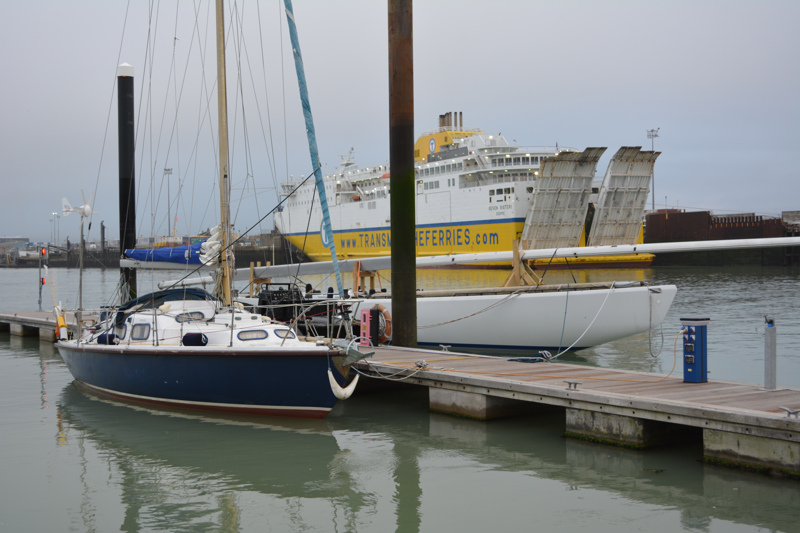
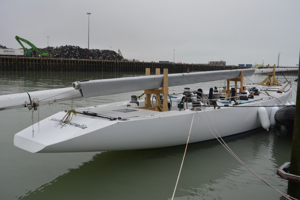
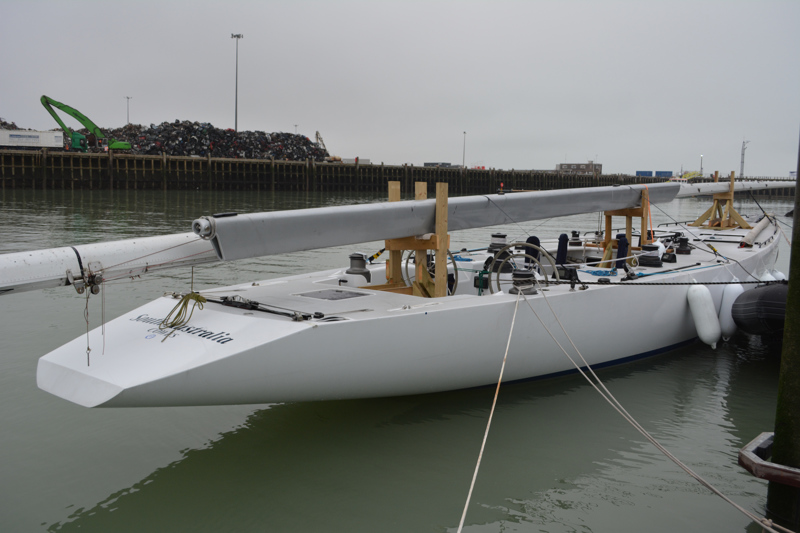
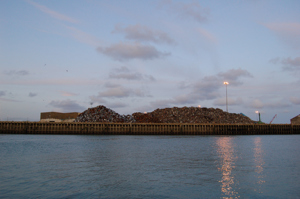
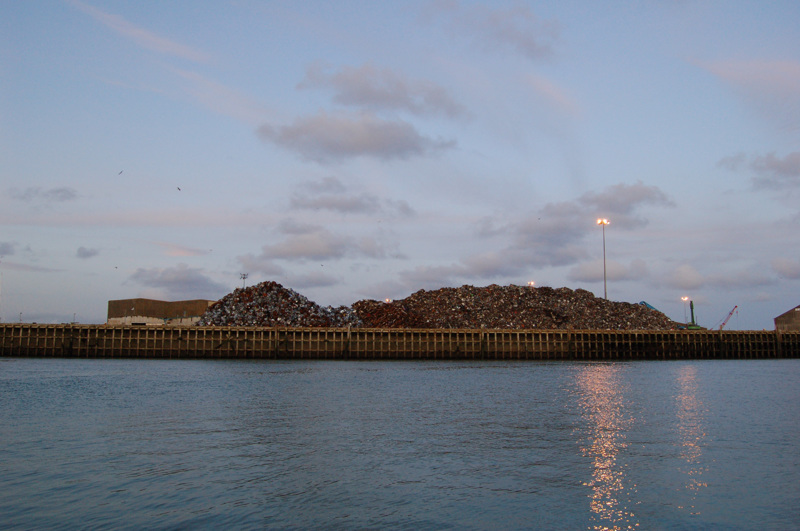
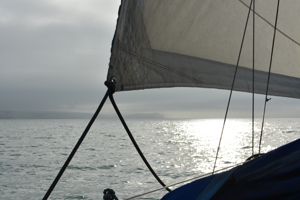
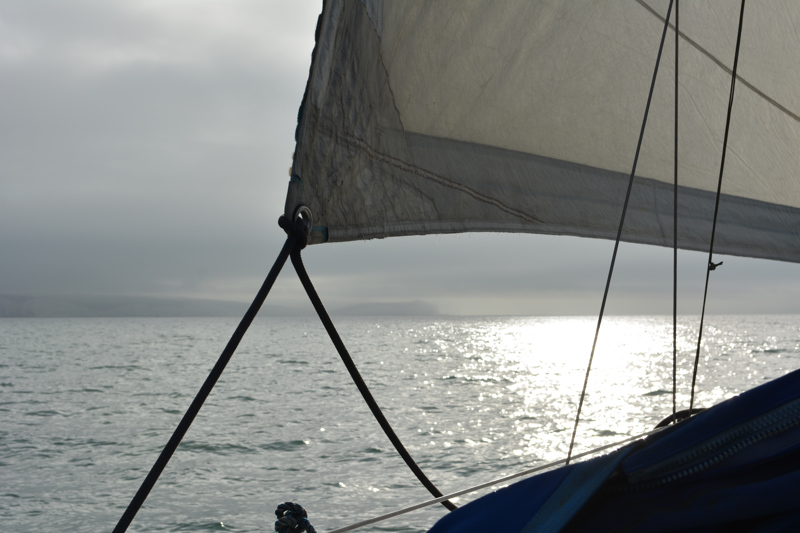
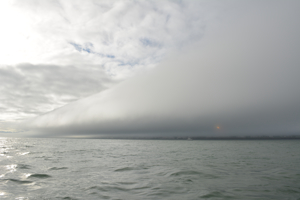
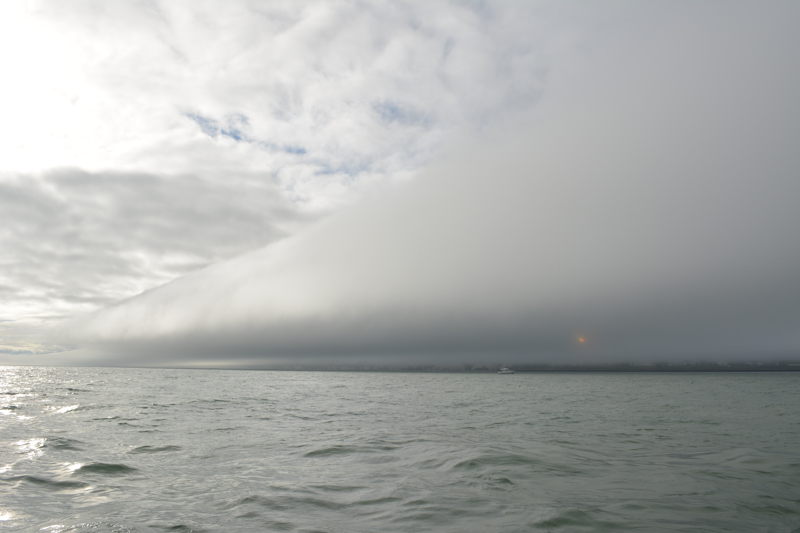
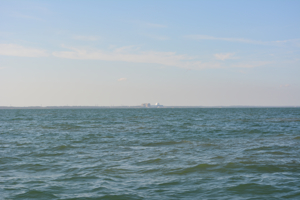
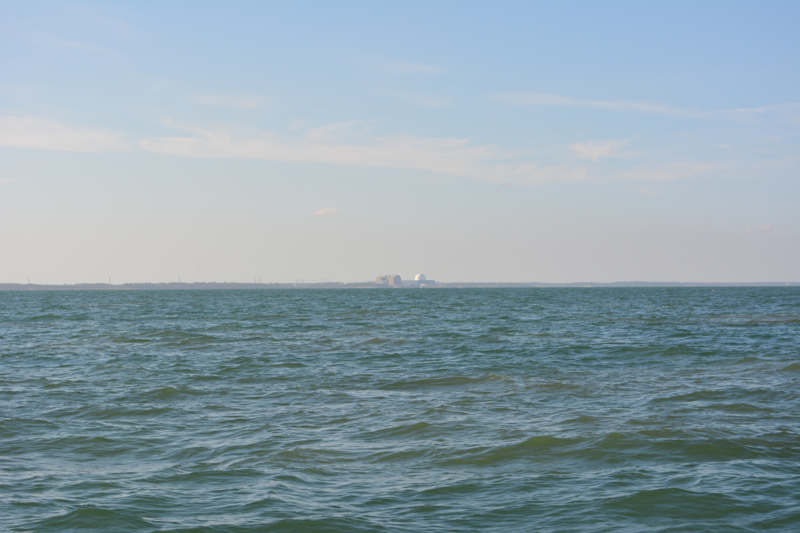
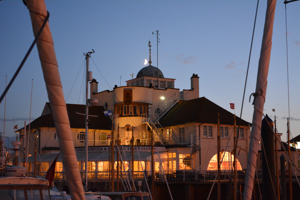
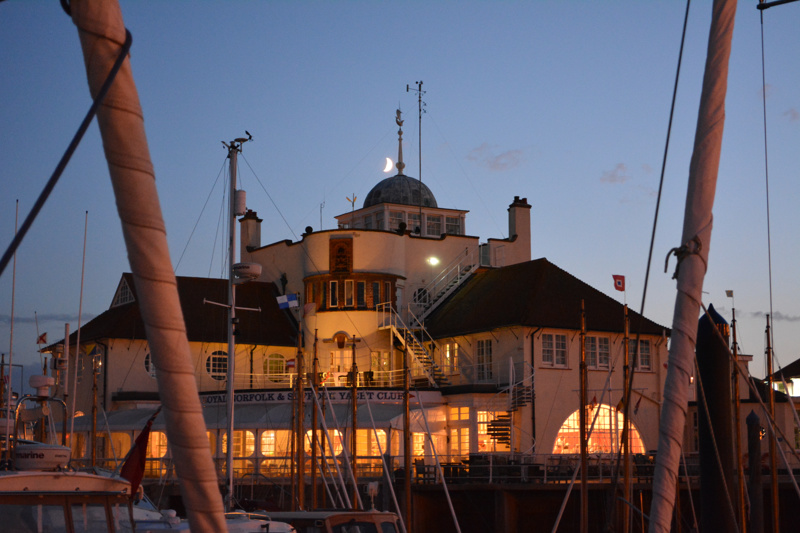
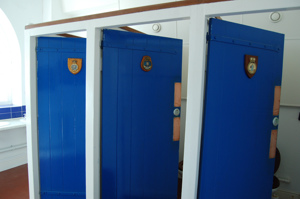
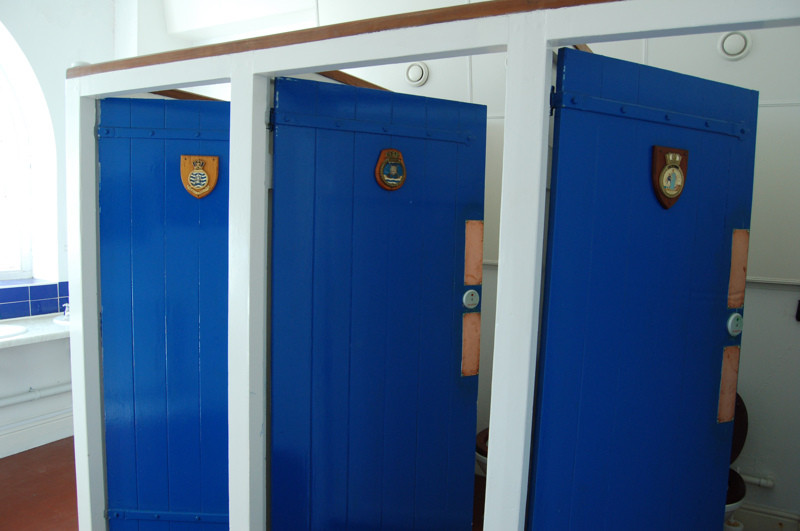
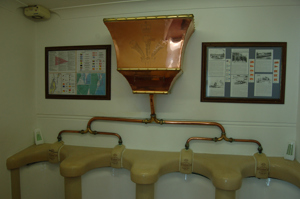
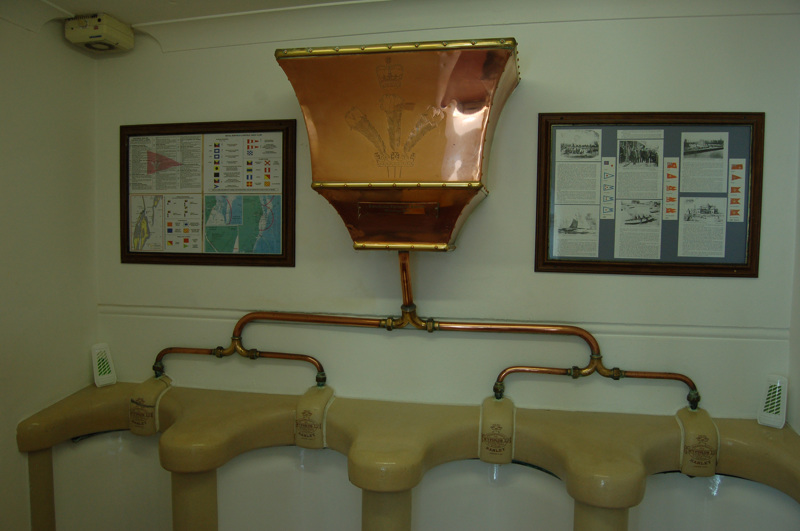
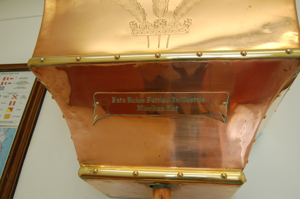
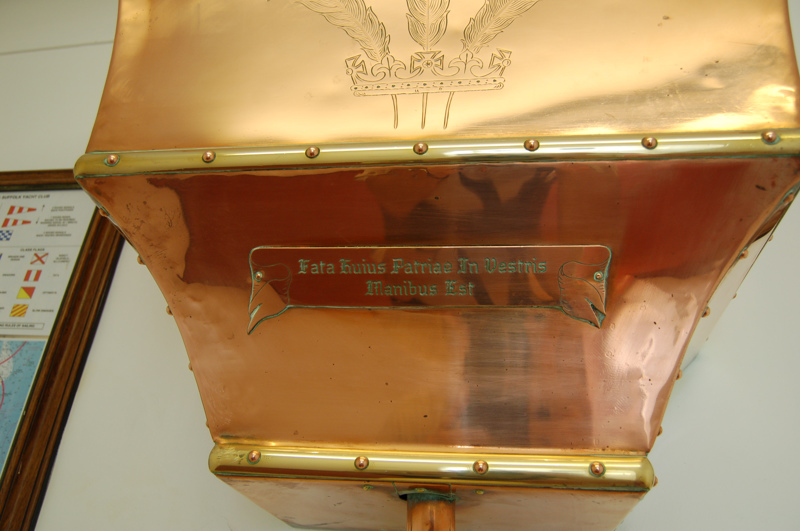
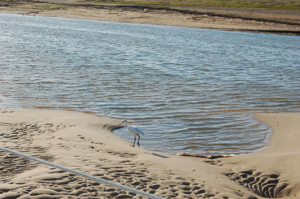
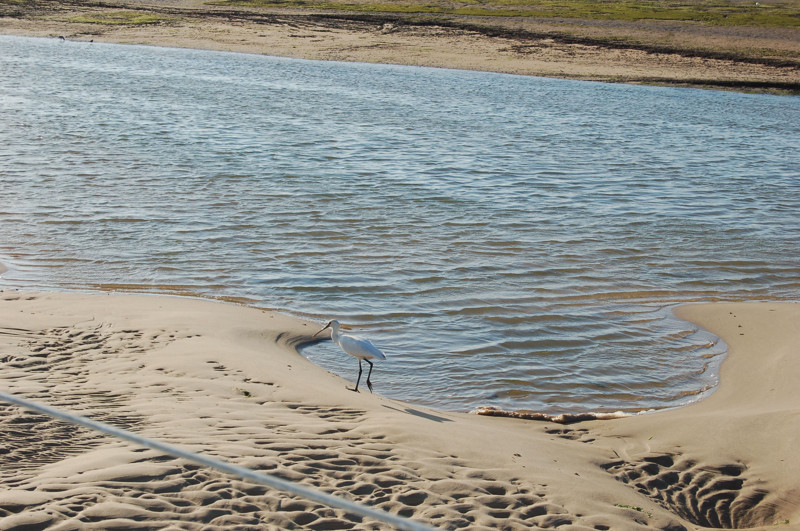
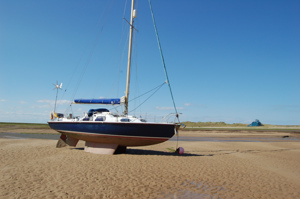
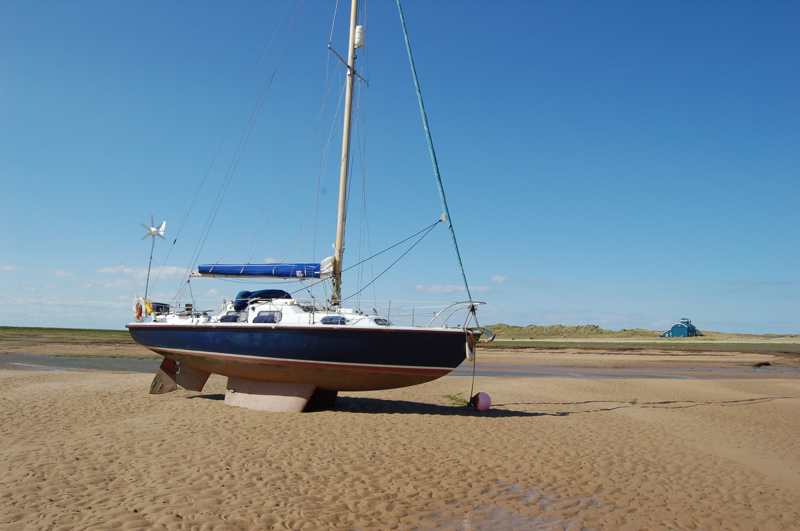


II - Penultimate's Progress (i):
Or: There and back again to see how rainy it is
(Kingfisher rally 2016: Grimsby - Cowes - Grimsby)
Have you ever noticed how certain years just don’t work, rogue years? Things are always on the wrong foot? Nothing fits the timetable how it should? For me, this has been another of ‘em, and possibly - it seems - it has for other people too.
Last year I expanded my yachting inexperience enough to reach (after years of trying) the Folly Inn at the same time as other Kingfisherfolk, so we could all constitute a rally. It was good fun and I was looking forward to this year’s; but the usual itch of going one step further was upon me, and I was on the qui vive for extra possibilities. After all, I turn seventy this year; better find some way of celebrating.
An email arrives. “Ah, August 20th”, I think to myself. “Late. That means... let’s see... wouldn’t it be fun this year to get to Cowes anti-clockwise, via Scotland and Wales? Then I can trundle quietly home to Grimsby afterwards, happy to have achieved a small unpretentious circumnav...”. Nice plan, but it is not to be; I have reckoned without every deadline on the planet suddenly giving me its undivided attention. People want things. Work happens. Anniversaries occur. Even Brexit gets me closer to political activism than I like to go. The weeks slip by.
August: OK, rally is now too close for that to work; I barely have time to get there the usual way. Maybe I can pop home later via the west coast, a clockwise circumnav? (In the depths of my brain, a still, small, sarcastic voice: “Ooooh yes, with rapidly decreasing daylight and equinoctial meteorology upon you? In your dreams, sunshine.”) I ignore the still, small, sarcastic voice. Let’s take this one leg at a time, I mutter, and one fine evening I set off.
Grimsby cruising separates the mad from the madder, insofar as any southward journey starts with a 100-mile leg to Lowestoft, inevitably an overnighter. This has its compensations. The Wash is far more interesting at night: strange passenger ships (which cannot possibly be going anywhere as no Wash port is big enough for them) slalom round the banks from Triton Knoll, steam confidently down between the Race Bank and the Docking Flats swaddled in a serene faith that somehow there’ll be water enough, only to vanish again eastward past Cromer to ports unknown. Night navigation practise? Drunken party? Expensive Luxury Cruise of The Wash By Night? Giving up on speculation, one returns to the endlessly fascinating cats-cradle of winking lights by which the Wash projects its extended geometry. Is that the Inner Dowsing? Mmm, took a while. And good heavens, that one (count the flashes) must be 20 miles off. Wind-farm maintenance, minor fishing, psychopaths laying out black pot-markers for night use, untold little vessels intent on important happenings... and in the morning everything vanishes, no more activity, just a lot of grey sea. Meanwhile around 5am the Wash has done its usual early morning trick of stirring up a vicious little breeze dead astern and producing a thoroughly nasty sea out of nothing. We (just me and Penultimate, no crew this year) skitter past Sheringham Shoal, taking a momentary longing glance at the quietude of beautiful Blakeney (unreachable when there’s any north in the wind at all, like now) and finally, after an exceptionally long first stage fighting tides, at last pick up the SE-going flood a good two hours before HW Wells and are whisked like an express-train the last 50 miles to Lowestoft. Neaps this year, so only 8.5 knots over ground, not 9.5 like last year, but hey! that’s the least of my problems. First thing I noticed on setting off down the Humber seawards was that the autohelm doesn’t. After some experimentation I give up, resigned to hand-steering for 20 hours (what the hell, I’ve done it before). The real downside is that now I can’t leave the helm (the stern seas don’t make lashing the helm attractive - a broach knockdown sometimes offends) to reach the coffee and food I so thoughtfully prepared in advance. Because the first part of the trip has been slow, I’m at the the limit of tide when I reach Lowestoft. A few hundred yards off, I radio the harbour and receive permission to enter. Then the tide simply reverses. Lowestoft is (was) a serious fishing town, slack-water is for cissies; it goes from full-on flood to full-on ebb as if a switch has been thrown. I claw my way in for a very long twenty five minutes, recalling that Lowestoft entrance (like Ramsgate) is basically a washing machine whatever weather is happening.
The Royal Norfolk and Suffolk YC does the best food on the east coast and I have looked forward to their fish pie for weeks. But once again it is the Year of the Wrong Foot and this turns out to be Sea Week, regatta time; everyone is rafted three deep and the normal menu is suspended due to the crowds. After a sleep I start on the Dover leg, a mere 90 miles.
Despite some desultory fiddling the autohelm still isn’t working, which is beginning to make my tentative circumnav plan distinctly unattractive. Shortly after clearing the Stanford channel I discover that the jib halliard swivel has come out in sympathy; I faff disconsolately on the foredeck (not helped by the absence of autohelm) in case it’s a tensioning matter, but no jib is to be had - not that I’m bothered much, there’s no usable wind at all. We motor down the coast, peeling off at Orfordness for the Thames outer banks route. At least I’ve timed the tide to clear the nasty shipping lanes off Harwich before it goes foul (I usually try to do that in both directions, a flat-out motor pushing you at under 2 knots against springs with the biggest container vessels on earth closing in is not relaxing). OK, complex TSS crossed, and we steer for Long Sand Head. The weather is supposed to be a very light westerly, veering NW and building a little. As usual, the weather has not read the forecast, which turns out to have omitted some important intermediate stages wherein F7 squalls right on the nose come up out of nowhere, and after an hour or so achieve a 180 shift to F7 squalls dead astern. The sea (which had been a mixture of a long NE swell coming from god-knows-where and a contradictory westerly roll overlaid on it) becomes terminally confused and gives up; there’s simply nothing to steer to. We are rolling 45 degrees either side, pitching like a fairground ride, green water over fore and side decks (though, I note, barely a spatter in the cockpit - aren’t these nice boats?!) It’s a salutary reminder of what the Thames can do when it feels like it. Towards Margate it becomes more workable and I grab some of the coffee which (this time) is stored within reach. Once past Ramsgate and we’re in the lee of Thanet; we make Dover around 1am.
I’m not prepared to go on without a jib, so some days are lost in Dover waiting for a spare swivel (the original Facnor type, eye-wateringly expensive). It finally arrives and we proceed to Brighton without incident, apart from running over yet another black pot-buoy in the dark, fortunately without closer intimacy with the rope (you’d think the ColRegs would… oh, never mind). Leaving Dover I think hard: what has changed since last year that could affect the autohelm? The only new habit is leaving the fridge on. Surely not...? But yes, this black magic turns out to be true: the autohelm has conceived an implacable hatred for the fridge. I darkly threaten the fridge with smoothing capacitors. After 190 miles unable to leave the helm, life improves.
At Brighton I am whisked off to London courtesy of the BBC to assist in a radio 4 discussion about Brexit. The taxi driver turns out to be a specialist in Sufi music and we have a pleasant technical conversation all the way back.
The last leg! It’s Thursday, and an unseasonably nasty gale is forecast for the weekend, commencing Friday afternoon and stopping over precisely until Monday, another of the cosmos’s little jokes. I decide the best plan is to get to the Folly early and sit it out. Shall I stop at Portsmouth and hop over on Friday, or go straight there today? I set off still undecided. Once again no wind, but (as so often) things change after the Looe channel; a quiet southerly springs up and (finally losing the engine) we have a delightful sail nearly to Horse Sand Fort, idyllic. Tide is now turning and I reluctantly start the engine, which immediately sounds wrong. A quick glance confirms: no cooling! I drop the main and throttle sail back so we’re just making steerage way, then start dismantling bits of engine. There isn’t much sea-room before the Portsmouth channel with all those thoughtful considerate altruistic ferries, and I have to keep hopping up and down to check what’s happening. I disconnect the main intake and rod it; no apparent blockage. Next logical thing is the impeller, but I’m not going to keep doing this in such proximity to shipping and so give in ungracefully, settling the “where?” question abruptly in favour of Portsmouth. (Hindsight later suggests many other options: grab a racing mark in Stokes Bay and repair at leisure, sail to Cowes and find an outer pontoon at the first chance; but hindsight of course doesn’t get you out of shipping lanes). To my surprise, the QHM has no objection to my sailing in, despite murderous traffic and a strong possibility of being set into the fairway; a light breeze wafts me to the entrance, where I stick against the ebb until a friendly passing yacht tows me the few hundred yards to Haslar. Here a nice man called Malcolm (who lives on his boat and has forgotten more about diesels than I shall ever grasp) mends my engine in 20 minutes whilst waiting for his spuds to boil. (Note to people with Volvo Penta D1-30’s: the Jabsco impeller 653-0001 which I was sold as fitting, doesn’t; the shaft size is slightly wrong. Volvo spare 3593659 does fit. Luckily I carried both).
On Friday, once again the weather has not read the forecast and is already engaged in weight training by early morning. Eschewing heroics, I thrash across to the Island shore in the teeth of it, then work along in the lee till Cowes. Shortly after I arrive at the Folly an impressive K30, stripped down and clearly meaning business, shows up from the murk and moors next to me; we wait hopefully for further arrivals, but it gradually becomes clear that anyone who didn’t get across in the morning isn’t going to manage now, and we are to be the only boats at the 2016 rally.
The other boat is of course Nigel Stillman’s Gretta L, veteran of the Jester challenge. He too has just come across from Gosport, but is used to this kind of thing and simply sailed directly across without seeking a lee to skulk under like I did. I admire the observation dome built over his companion-way (“sometimes in the Atlantic I don’t come out for days”) and note his descriptions of ocean swells (“after the first few times a three-foot wall of water has rolled clean across the boat, you stop bothering about it”). This kind of thing is out of my class. He puts up a boom tent against the rain, which is doing a fair impression of a Bahamas hurricane - I have video of the Folly simply disappearing behind it, leaving just grey rain-pocked water and the pontoon visible; all it lacks is some disintegrating palm trees. We have the place to ourselves, but it isn’t prepossessing and we turn in early.
On Saturday - rally day proper - we are hailed from the Folly launch by visitors, who turn out to be Mick and Anna from Wootton Creek. I briefly wonder why they didn’t motor here hugging the lee of the shore (it's only a couple of miles), but it turns out that Anna has one of those thoughtful heart devices which makes its own decisions and which had decided this morning that a quick emergency dash to hospital was just the thing for a filthy wet day; fortunately this turned out to be mistakenly over-zealous, but it remains the best reason I’ve heard for not getting into a boat. They come bearing quantities of fizz and an abundance of spectacular cake, and we all make something of a party of it under the boom tent, following later with the traditional Folly meal. Total for 2016 rally: 2 boats and five people!
The gale is thoroughly unpleasant, and neither boat attempts any move before Monday. Nigel and crew depart for the fleshpots of Ryde, and I head for Itchen Marine (a pleasantly ratty working yard in Southampton where I kept my first yacht - a Vivacity 20 - for a couple of years), as I have business to deal with at the end of August and need to lie-up for several days. The weather has felt like October, but just as I’m wondering whether this signifies end-of-season, it does an about-turn and we get 30º+ for a week. Just too late to benefit, I find a way of postponing my business; I make plans to head for Weymouth and then see how I feel about the circumnav, but someone points out that it’s the last bank-holiday of the season, forecast fine, and I haven’t a hope in hell of a berth at Weymouth. Wrong-footed yet again, I decide the circumnav simply isn’t meant to happen this year; again ungracefully, I knock it on the head and turn east.
The homeward voyage of course is much simpler, apart from a couple of days waiting for the wind to drop in Brighton. The building works at the west end of the marina are progressing monstrously; expensive penthouses and designer food abounds. Not content with blocking out the sunset, gigantic efforts are going into the construction of a tower block which overtops everything and should be visible from most of the eastern Channel. The rhythmic crash of piling jars every nerve; after a day of it, and with a patch of even worse weather forecast, I brave the filthy SW swell and decamp for Newhaven, expecting (and getting) a thoroughly uncomfortable ride for the hour or so it takes. Newhaven is also pleasantly ratty (I don’t respond well to Shiny); I’ve forgotten how nice it is, even with an active ferry opposite at any time of day or night and the massive scrapyard across the river. The marina people tell me they’ve been bought by some developer who wants to turn it into the next Eastbourne or Brighton; evidently the developer can’t see that the whole strength of the place is precisely that it isn’t Eastbourne or Brighton. Good luck trying Shiny here, I think, with the ferry and the scrap (apparently they’ve already tried - and failed - to get the scrap shifted). I wish the staff luck and hope the developer loses interest, or solvency, or both.
The night before I leave there is a kerfuffle around midnight, with about a dozen coastguard and lifeboat people on my pontoon anxiously peering seaward. A large yacht is towed in by lifeboat, with mast down; I first suppose a dismasting but find it was actually in transit, being towed by a RIB which contrived to wrap the towrope round its prop. At sixty feet, the yacht is far too big to fit between the pontoon piles and the errant RIB is unceremoniously used as a fender. A closer look reveals this as not just any old big yacht but as “South Australia”, the 1987 America’s Cup challenger, the most exquisite 12-metre racer one could imagine. She is parked next to Penultimate and I duly photograph this rare conjunction next morning.
On the long haul from Beachy Head to Dungeness there are thick fog patches. Off Hastings, visibility under 50 yards, a motor boat comes planing full-tilt out of the fog bank ahead just as a large and serious fisheries patrol vessel is overtaking me; the motor boat is so taken up with not hitting the patrol vessel that it doesn’t immediately spot me and I have to take serious avoiding action, the patrol vessel hooting very angrily at this prime specimen of evolutionary dead-end.
Off Dungeness I look for the dolphin who played alongside last year; he duly shows up but keeps his distance, standing on his tail and staring; he too knows this is the Year of the Wrong Foot. From there to Dover I race a Belgian yacht that materialised from the direction of Sovereign, finally berthing about five minutes ahead of him after being distracted trying to photograph some very strange cloud/mist formations over the cliffs west of Dover, a sort of cloud waterfall. Later, over refreshment in the ever-friendly Royal Cinque Ports YC, the Belgian skipper tells me how much he regrets Brexit, and asks the meaning of "Cinque Ports". I tell him it goes back 1000 years, a defensive arrangement; towns supplied ships and got tax-breaks for it, the Lord Warden still lives at Walmer castle. He remarks wistfully that his country doesn't have any traditions like that. "Surely the Low Countries have a long and honourable history?" I say. "But there have been so many wars", he replies sadly, "Belgium as a country has only existed since 1830". I get a sudden flash of insight into why some people across the water are happy to dissolve their countries into one larger one for the sake of peace and quiet, and why we aren't.
Next day I hop along to Ramsgate (the tides don’t work as well going north as south across the Thames, you need that extra 15 miles). Then I have a completely uneventful crossing to Lowestoft; not a trace of trouble between the Kentish Knock and Long Sand Head, where it was so unpleasant on the way down (they say if you fall off a sandbank you should get back on immediately). At Lowestoft I finally get my fish pie.
The last decision is: straight home or stop at Blakeney? I set off undecided. But I’ve tried a new tidal strategy which pays off splendidly; instead of running out of tide by Cromer (as previously), I’m whisked in fine style past the huge defences at Sea Palling, the church on the solitary hill at Happisburgh, the weird hotel at Mundesley (Norfolk’s answer to the Overlook hotel in The Shining), past Cromer pier and on towards the West Sheringham buoy with no sign of the tide stopping yet. It’s bad that it’s this good, I’m going to have to kill hours in the river off Grimsby until I can lock-in three-and-a-half hours before high water. I make an abrupt decision in favour of Blakeney and skid off in that direction. All the north Norfolk ports are severely tidal (less than 2 hours either side HW, with nasty bars to cross; wind direction isn’t enough, you need to pay attention to the swell), and Blakeney has the extra fun of the “Hjordis” wreck. This is normally on the east bank of the fairway, but this year everything has shifted dramatically and the wreck is now slightly west of the best approach line. I am very careful; previously I’ve entered Blakeney in fog and in darkness without mishap, so it stands to reason that a clear sunny day without problems is guaranteed to be the one where I go aground. But no; shaving the “Hjordis” close I follow the excellent privately-laid buoyage of the Blakeney Harbour Association, mooring opposite the Old Lifeboat House which featured last year on Channel 4’s “Homes by the Sea” series.
Blakeney is almost too good for description. Not the town quay (which is barely accessible whatever the water), but the two miles of landlocked sheltered harbour snug behind the massive dunes, full of boats of all kinds at high tide, hard sand fit for walking at low tide, a paradise - it is of course perfect for twin-keelers (though it would be tasteless of me to mutter here about what a stunning place it would be for a rally…). You can choose from eateries in Blakeney or Morston or Cley; some of the finest shellfish on the east coast can be had, along with exotica from the Cley Smokehouse. You can blear out into your cockpit of a morning and see simultaneously curlews, oyster-catchers, spoonbills, conclaves of little egrets, with the odd inquisitive seal, all just feet away. One of my favourite places on earth...
...except for the bar. I plan to leave at teatime, but during the afternoon the wind spends three or four hours blowing from the north and I know the swell will be impossible even though the wind will have shifted east by departure time. Obviously the last little cosmic joke of the trip, I think, and (annoyed to miss a night crossing of the Wash) I regroup for an early morning departure. I stick my head out at 5am, but see only fog! The entrance has changed so much since last time that the chart plotter's no help; I’m not risking it by eye in dark and fog, so I return to bed. There is a little northerly breeze in the afternoon for an hour, but not too much, so I decide to risk the swell and go at teatime again. Even with that small northerly provocation, the bar is still a toboggan ride, and (like the Thames banks) I’m reminded how dangerous this coast can be if it chooses. But the swell subsides as the water deepens; by the South Race it’s dark, by the North Docking a large moon has come up astern, the Wash shows me its idyllic side. Then around the Protector Overfalls, twenty miles short of Grimsby, a thick fog comes down with no warning. Where would a lazy amateur be without GPS?! I pick my way up the Humber, seeing not a flicker from the huge Rosse Spit light-buoy passed within yards, disturbed only when the AIS tells me that two somethings are approaching from astern quite fast. They turn out to be pilot boats; I wave a flashlight over my sails but they give a disdainful single hoot and shimmy off to starboard. I reach the docks precisely as the lock opens for the “level”, an hour-and-a-half before HW, around 4am.
Including all the non-sailing interruptions, I’ve been away for seven weeks. Apart from reaching the Folly, I haven’t achieved any of the things I intended to achieve. But it wasn’t a waste: I’ve learned a lot, consolidated things that I only sketched-in last year, seen and enjoyed much. I shall still be seventy next May; if I set off early enough in the season, I can still do the anti-clockwise trip. It feels like the kind of thing you should do when you turn seventy...
DH 15/10/16 [Back to Boats]